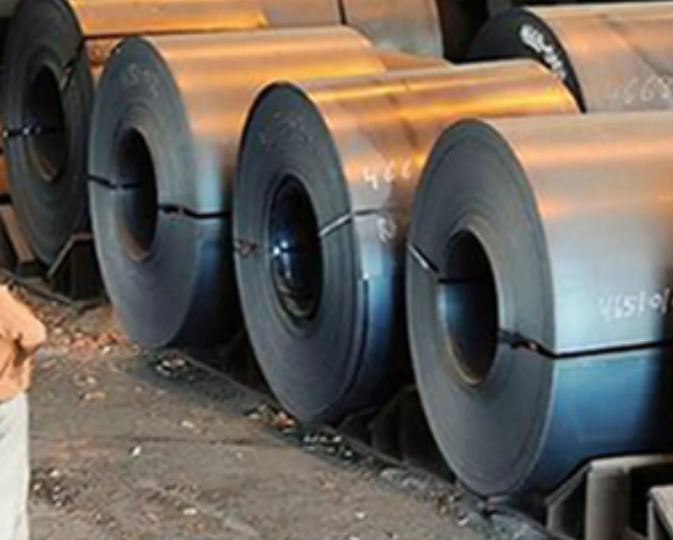New Delhi– The Trump administration’s hike in tariffs on steel imports coming into the US from countries such as Canada, Brazil, the EU and Asian suppliers like Japan and South Korea could cut both ways for India’s domestic steel industry, according to an ICRA report released on Wednesday.
While, on the one hand, they may open up a portion of the US market for India’s steel exports, on the other hand, the surplus steel produced by Japan and South Korea may be diverted to the Indian market where they will depress prices and hurt the domestic industry, the report points out.
The report states that deliveries of about four million tonnes per annum (mtpa) to the US from Asian suppliers like Japan and South Korea, which till now had preferential market access, could be partly bounced off to high-growth markets like India.
Already, these two countries rank among the top three steel exporters to India, accounting for 40-55 per cent of India’s overall finished and semis steel imports. Given the duty-free access on account of the free trade agreements (FTA) with India, import pressures from South Korea and Japan could increase in FY2026 as they search for alternative markets for their hitherto American cargoes. This can exert pressure on domestic steel prices, pulling down the industry’s earnings further in FY2026.
Unlike South Korea and Japan, China has a limited presence in the US, as its steel exports are already exposed to the 25 per cent tariff. Therefore, the redirection of trade flows from China remains less of a threat after the latest tariff announcement, the report states.
Commenting on the industry trends, Girishkumar Kadam, senior vice-president at ICRA said: “While higher imports from Japan and South Korea remain a key downside risk, we believe that there are possible upsides as well for the domestic industry. The ending of the USA’s preferential market access regime and bringing in a level playing field can potentially lead to the displacement of high-cost suppliers like Canada, Brazil, the EU, and Mexico, with low-cost suppliers, especially from Asia. As per our estimates, around 19 mtpa of steel cargo enters the USA from these high-cost countries. This opens the possibility for Indian mills to nibble at a part of this large opportunity and increase their export footprint in the USA, which, as of now, accounted for a minuscule 2-3 per cent of India’s overall steel export basket,” he added.
According to ICRA, the US typically imports 28-30 million tonnes of steel annually. The latest tariff measure will be impacting around 6-7 per cent of global steel trade flows, as over the coming months, they adjust to the shifting market dynamics. With around a quarter of the US’s finished steel demand being met through imports, which implies a large domestic deficit, the process of import substitution can only happen gradually over several years.
The US will, therefore, continue to import steel in the foreseeable future, and in the near term, these restrictive measures are likely to have a material upward pressure on its domestic steel prices, the report added. (IANS)







